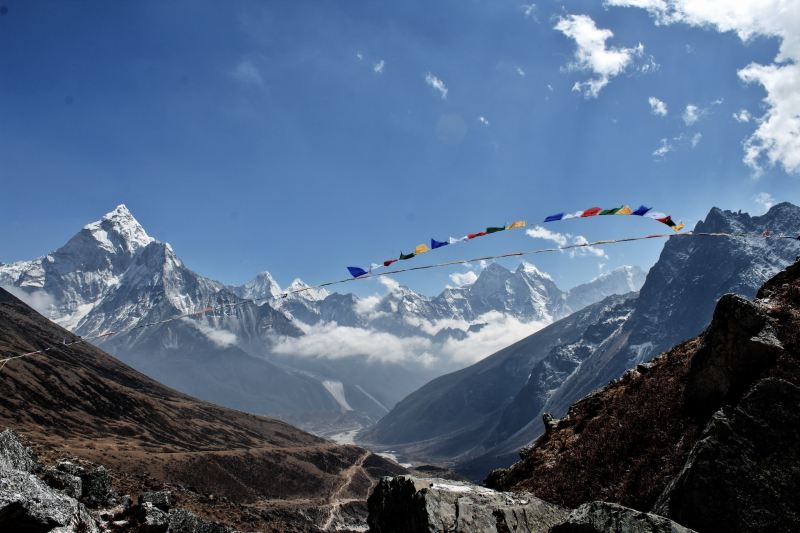Have you ever dreamed of climbing Mount Everest? Many aspire to conquer the heights, but very few succeed. It’s definitely not for the faint of heart, but if you’re curious about the journey, you can now view the entire route in a 4-minute clip filmed by Chinese drone company, DJI.
DJI films jaw-dropping video of Mount Everest

Composed of four different video clips seamlessly edited together, DJI captures the stunning nature of Mount Everest for the world to experience in a new way. For anyone interested in seeing the world’s highest peak from a perspective that was once unimaginable, this new video offers an unforgettable experience. Check it out!
The journey begins from the Base Camp at 17,598 feet and soars all the way to the summit at 29,032 feet. This stunning footage was filmed using the DJI Mavic 3 Pro drone, which you can pick up at your local electronics store.
Needless to say, these drones can stand up to all kinds of harsh temperatures and weather, which is why they are perfect for the job. To make it up Mount Everest, these drones have to be able to handle extreme cold, high winds, thin air, snow, ice, and obstacles.
But that’s not all DJI is doing around the world’s greatest peak. Earlier this spring, the company tested its cargo drone, the FlyCart 30, at the Everest Base Camp. After loading it up with two oxygen tanks, they worked with Nepali officials to pilot the FlyCart 30 over the notoriously challenging Khumbu Icefall up to Camp I. The delivery was successful.
Officials and experts now see significant potential in using drones like the FlyCart 30 for logistical support on Everest. These drones could someday ferry essential gear up the mountain and transport trash back down, making expeditions safer and more efficient.
The cost of climbing Mount Everest has significantly increased in recent years, primarily to enhance safety measures for climbers. These expenses cover better equipment, experienced guides, improved communication systems, and more efficient waste management practices — all essential to mitigate the inherent risks of such a perilous ascent. Drones could also aid in emergency situations by delivering vital supplies swiftly and safely, which could potentially lower the overall costs while increasing the safety. It’s all in the works!
For now, however, DJI’s drones are primarily being used to capture vertigo-inducing videos that provide viewers an unprecedented look at the grandeur of Everest. By offering a glimpse into the majestic landscapes that few will ever physically experience, these aerial clips are sure to inspire people to reach new heights, both in their own neighborhoods and across the world.




